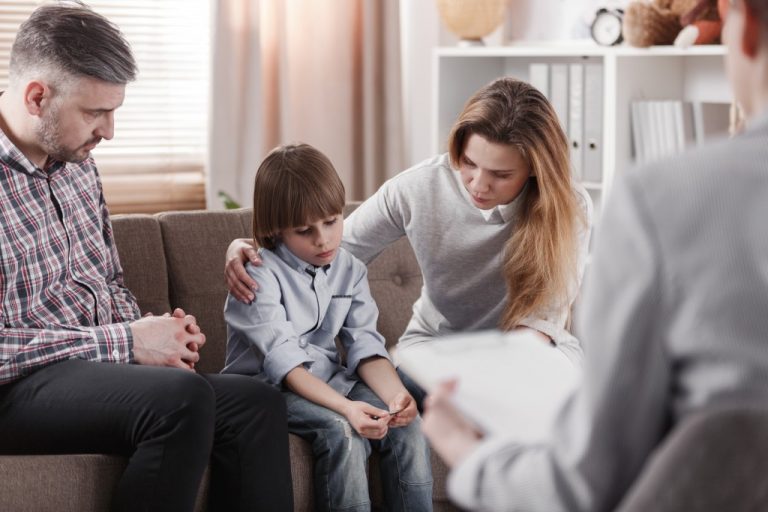It’s easy to have a baby interact with other kids, even adults. But for toddlers? You’ve done all the nudging and the befriending of kids in the playground yourself, and your child still hides behind your back. It’s not just the pep talk and social support that’s tough for many parents, it’s that lingering thought of whether the anti-social behaviour is just shyness or something more serious. Is your kid just experiencing the inevitable social awkwardness or are they suffering from anxiety?
The Profile of a Shy Kid
People are born with unique temperaments or manner of dealing with the people around them. Shyness is one kind of temperament, in which kids tend to be uneasy in social situations, preferring to just be by themselves. This doesn’t mean they don’t want to interact with other people, though. It’s just that, they need more time than other kids to warm up and be comfortable with their peers. There’s nothing wrong about shyness and more importantly, it doesn’t need ‘fixing’. What you want to do is to equip them with skills that will allow them to be comfortable when there are people around.
The best way to teach your child such skills is to model them. Whenever you engage in chit-chats, let’s say with other parents at your preschool, do note that your shy kid may be picking up social cues, such as nods, smiles, even the tone of your voice. Seize those moments to show how it is to be confident and relaxed. As they pick up your words and non-verbals, they can channel these themselves when they talk to their peers.
Another way you can help develop social skills is to find opportunities for play. When there’s an activity to do, kids become less conscious of themselves so they naturally gravitate towards interacting with peers. Let them join classes that tap their interests. If you’re near the area of Tootgarook, preschool programs there are designed to maximise different types of play, so you might want to consider checking them out.
The Anatomy of an Anxious Child

If simple interventions above aren’t working in helping your child break out of their shell, it’s perhaps because your kid isn’t just shy. They may be experiencing anxiety already, a mental health matter.
Anxiety comes with feelings of fear, stress, and embarrassment. Due to this, your child may avoid social situations at all costs. They may tell you that they would rather be locked in their room than go to school. Anxious kids experience physical symptoms, too. If your child complains of headaches or tummy pains every Sunday evening or before classes start, you should have them checked by a doctor.
Medical practitioners usually prescribe antidepressants to reduce anxiety. They also use cognitive behavioral therapy, where they will learn healthy thinking patterns to combat negative thoughts. By the end of the sessions, your child should be able to face their anxieties head on, and not avoid them.
It’s a struggle for parents to see their kid struggling in social situations, but it’s more difficult to know whether they’re just naturally shy or they’re already going through a serious problem. The key here is to observe your kid well.

